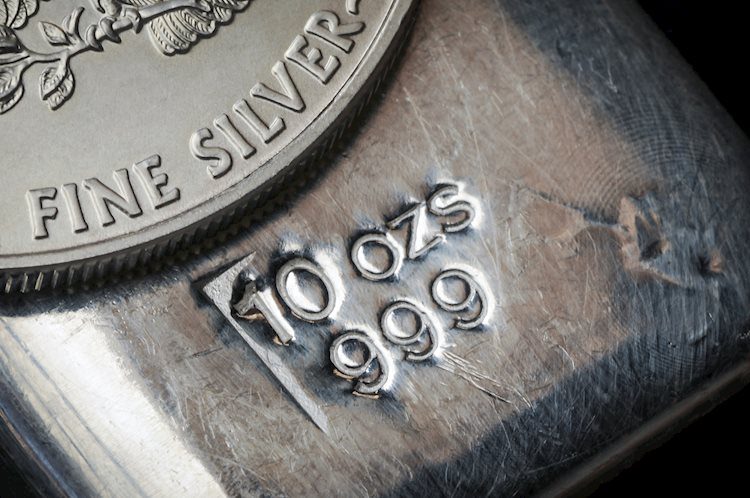The price of Silver (XAG/USD) has been on the rise for the second consecutive session, reaching around $31.00 per troy ounce during European trading hours on Tuesday. This increase in the safe-haven metal is attributed to concerns over a potential escalation of the Middle East conflict, with Israeli forces intensifying their offensive operations in northern and central Gaza. The conflict resulted in the deaths of over 60 Palestinians on Tuesday, potentially hindering efforts to secure a ceasefire in the Gaza war. Talks were scheduled to resume in Doha on Wednesday in an attempt to bring an end to the violence.
In addition to geopolitical tensions, Silver prices are also influenced by upcoming events such as the second semi-annual testimony by Federal Reserve Chairman Jerome Powell and speeches by other Fed officials. Market attention will also be on the US Consumer Price Index (CPI) data set to be released on Thursday. The Core CPI is expected to remain steady at 3.45% year-over-year in June, with the monthly Core CPI also forecasted to stay consistent at 0.2%. However, Powell’s remarks during a testimony before the US Congress on Tuesday suggested a cautious stance from the Fed, emphasizing that first-quarter data did not support increased confidence in the inflation trajectory required for rate cuts.
Silver is a highly-traded precious metal that investors often turn to for diversification or as a hedge during high-inflation periods. While it may be less popular than Gold, Silver has intrinsic value and is considered a store of value and medium of exchange. Investors have the option to purchase physical Silver in the form of coins or bars, or trade it through Exchange Traded Funds that track its price on international markets. Silver prices can be influenced by factors such as geopolitical instability, recession fears, interest rates, US Dollar movements, investment demand, mining supply, and recycling rates.
In terms of industrial use, Silver is widely utilized in sectors such as electronics and solar energy due to its high electric conductivity. Changes in demand from these industries can impact Silver prices, along with economic developments in major markets like the US, China, and India. The dynamics in these economies can affect the price movements of Silver, as industrial demand plays a significant role. Additionally, Silver prices tend to follow Gold’s movements, as both metals are considered safe-haven assets. The Gold/Silver ratio, which indicates the relative valuation between the two metals, can be used by investors to assess whether Silver is overvalued or undervalued compared to Gold.
Overall, the price of Silver is currently experiencing an uptrend due to concerns over the Middle East conflict and upcoming economic events, such as the Fed Chairman’s testimony and the release of CPI data. Investors looking to diversify their portfolios or hedge against inflation may consider adding Silver to their investment strategy. With its industrial applications and historical role as a store of value, Silver continues to be a popular choice among traders and investors seeking exposure to the precious metals market.































